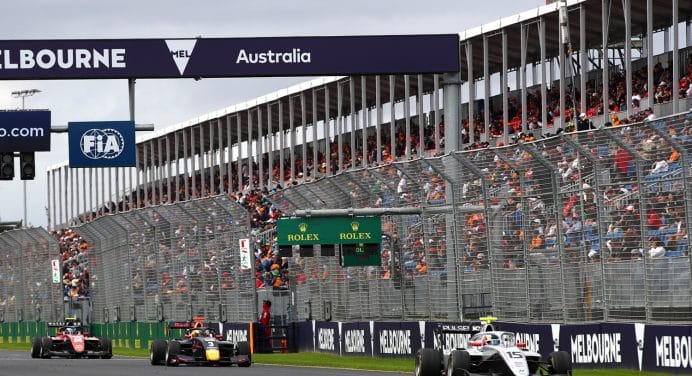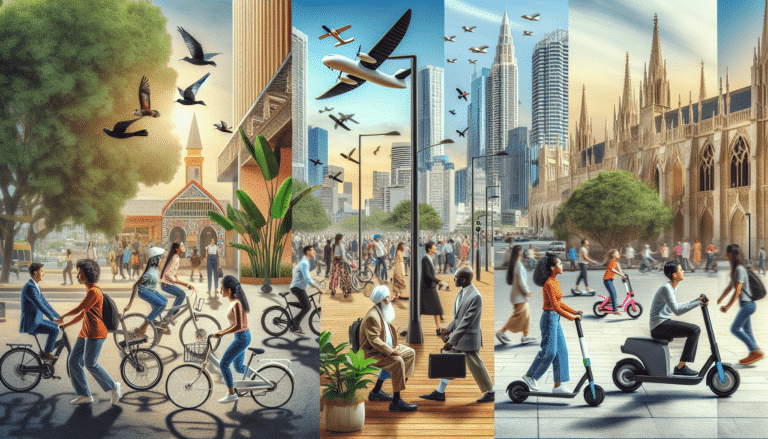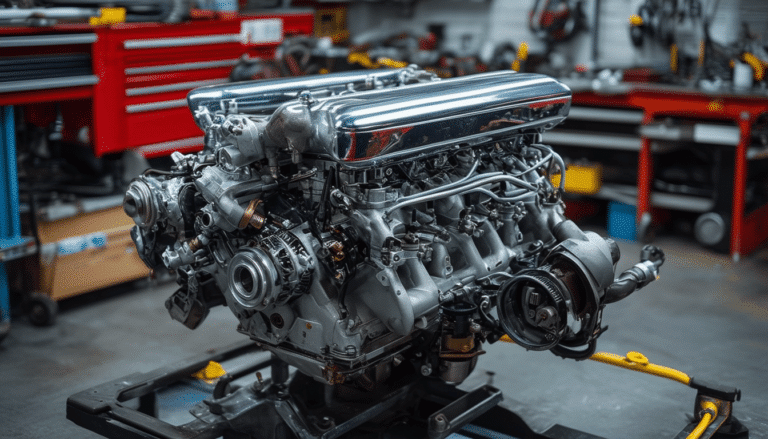Norway launches its home delivery service with autonomous drones
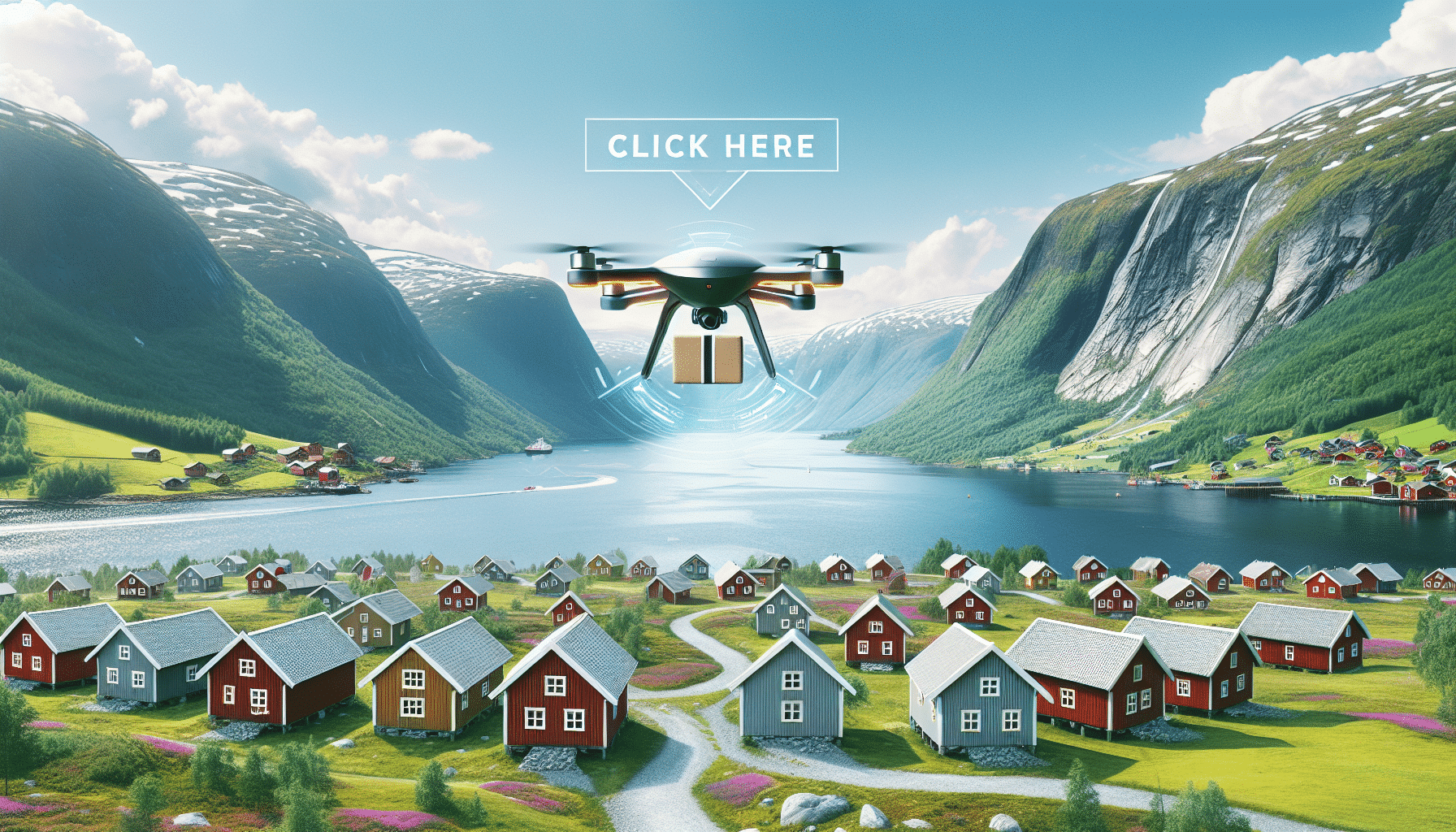
In Norway, the technology era reaches new heights with the launch of its innovative home delivery service using autonomous drones. This advancement promises to revolutionize e-commerce and urban logistics, offering quick, efficient, and eco-friendly solutions for the daily lives of its inhabitants. Discover how this initiative is marking a milestone in mobility and connectivity in Norwegian cities.
Exploring the efficiency and safety of drones in Norwegian deliveries
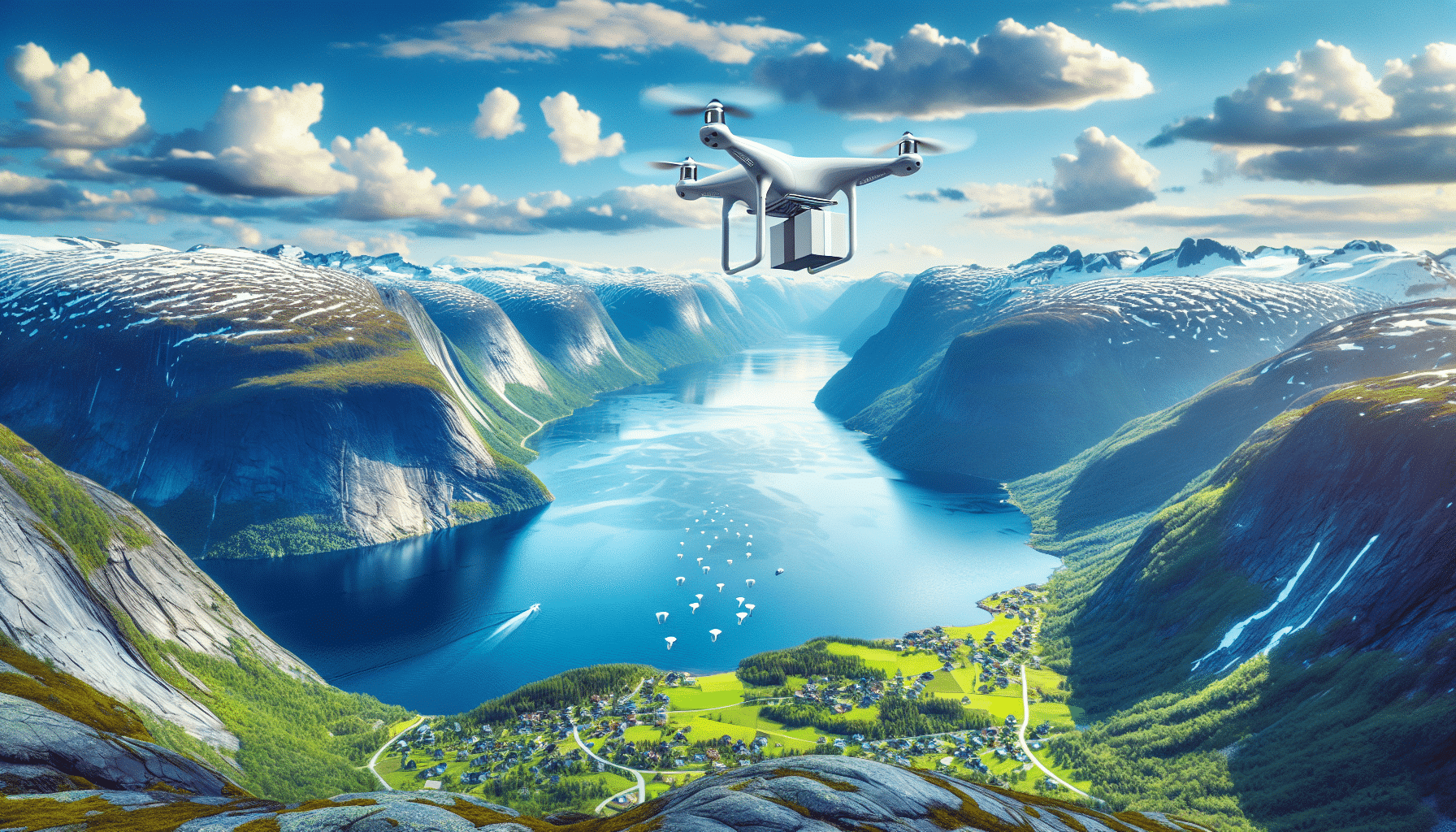
The rise of drone delivery in Norway
In Norway, the use of autonomous drones for package delivery is a rapidly growing trend, marked by the pursuit of efficiency and the minimization of environmental impact. These unmanned aircraft offer a promising alternative for reaching remote locations and densely populated urban areas, where conventional traffic could pose an obstacle.
Advanced technology for safe operations
The drones used in Norwegian deliveries are equipped with state-of-the-art technologies for navigation and safety. High-precision GPS systems, obstacle-avoidance sensors, and remote control mechanisms are just a few examples. Additionally, the incorporation of artificial intelligence allows these drones to learn from each delivery, continuously optimizing their routes and delivery methods.
Environmental impact and energy efficiency
The use of drones for deliveries is not only beneficial from a logistical standpoint but also environmentally. These drones are designed to operate with electric batteries, reducing harmful gas emissions and contributing to the fight against climate change. Moreover, the accuracy of the delivery reduces the need for delivery vehicles, further decreasing the carbon footprint.
Regulatory challenges and public acceptance
With the increase in the use of drones, new legal and regulatory challenges arise. Norway is working on creating a legal framework that allows for the safe and efficient use of drones in urban and rural spaces. In parallel, considerable efforts are being made to increase public acceptance of these devices, ensuring that the population understands the benefits and safety measures associated with their use.
The future of drone deliveries
Looking to the future, we may see significant expansion in the use of drones for deliveries in Norway. This could include everything from medicines to food, revolutionizing how supply chains are managed and consumer needs are met. As technology continues to advance and regulators adapt existing rules, the Norwegian sky could witness a new era in freight transport.
Environmental impact and regulations for drone use in Norway
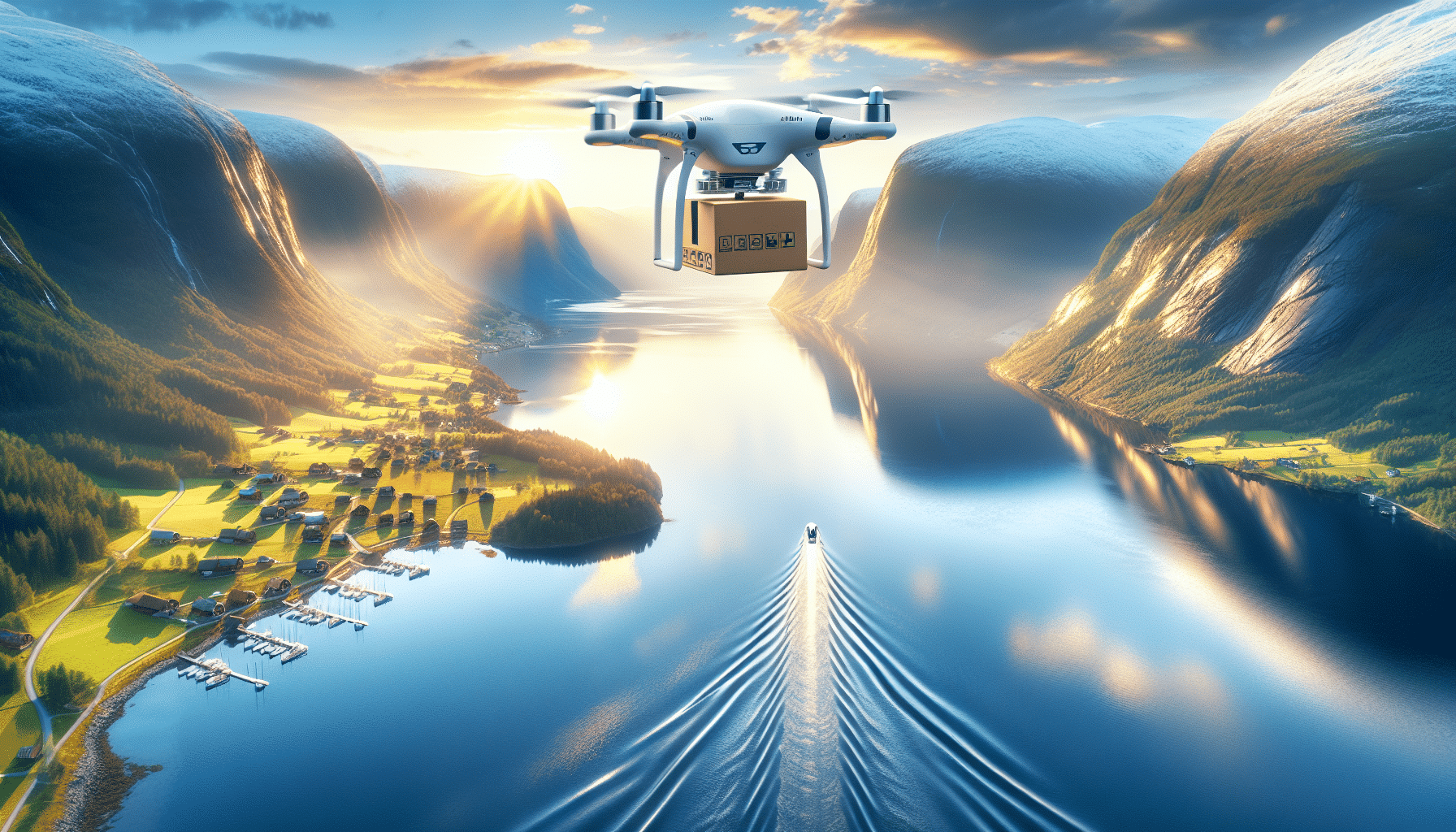
The Environmental Impact of Autonomous Drones
Autonomous drones are gaining prominence in various applications, from mapping to product delivery. While these devices offer numerous advantages in terms of efficiency and reduction of carbon footprint compared to traditional vehicles, they also present specific environmental challenges. One of the primary concerns is the energy they use. Although most drones are electric, the source of that electricity may not always be sustainable. Furthermore, the manufacturing of drones involves materials such as plastics and metals, whose extraction and processing have a significant environmental impact.
In Norway, a country known for its commitment to sustainability, the use of drones is already being studied to minimize their ecological footprint. Greener alternatives are being explored, such as higher-efficiency batteries and recyclable or biodegradable materials for drone manufacturing.
Current Regulations in Norway
Norway has established a detailed legal framework for the use of drones, with a specific focus on safety and privacy. Drone operators must comply with regulations that include the obligation to register the device and obtain appropriate licenses, especially when used for commercial or research purposes. Additionally, there are restricted zones where drone flights are prohibited, such as near airports or protected natural areas. This not only helps to avoid incidents but also protects local wildlife from unnecessary disturbances.
A highlighted aspect of the regulation in Norway is the need to conduct environmental impact assessments before allowing drone flights in sensitive areas. This ensures that the use of this technology does not compromise the preservation of the natural environment or the biodiversity of the area.
Challenges and Future Opportunities
- Evolution of regulation: As drone technology continues to advance, laws must adapt to ensure they remain safe and environmentally respectful.
- Integration with other sustainable technologies: There is considerable potential in combining drones with other green technologies, such as electric vehicles and renewable energy systems.
- Education and awareness: Educating drone operators and the general public about responsible flying practices is vital for mitigating the environmental impact of these devices.
In summary, drones offer many possibilities to improve efficiency across various sectors, but it is crucial to manage their use in a way that aligns with the environmental and regulatory priorities of a sustainability-leading country like Norway.

